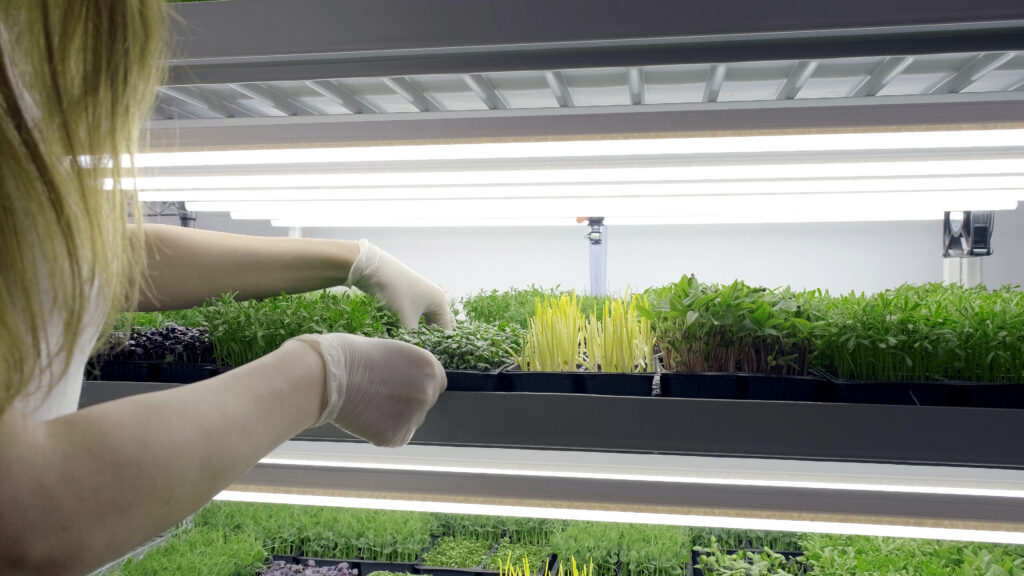Innovative farming techniques have revolutionized the way we cultivate plants. Two prominent methods that have gained popularity in recent years are aquaponics and hydroponics. While both systems offer efficient and sustainable ways to grow crops, they have distinctive characteristics and operate on different principles. In this blog post, we will delve into the details and highlight the key differences between aquaponics and hydroponics.
1. The Concept:
Aquaponics: Aquaponics is a symbiotic system that combines aquaculture (fish farming) and hydroponics. It utilizes the natural relationship between fish and plants. Fish waste acts as a nutrient-rich fertilizer for the plants, and the plants, in turn, purify the water, creating a self-sustaining ecosystem.
Hydroponics: Hydroponics is a soil-less farming method where plants are grown in nutrient-rich water. The plants receive all the necessary nutrients directly from the water, which is carefully balanced and monitored to ensure optimal growth. Instead of soil, plants are often supported by inert growing mediums like perlite, coconut coir, or expanded clay pellets.
2. Nutrient Source:
Aquaponics: In aquaponics, fish waste provides the primary nutrient source for plants. As fish produce ammonia through their excretions, beneficial bacteria convert it into nitrates, which are essential for plant growth. The plants absorb these nitrates and help filter the water for the fish.
Hydroponics: Hydroponics relies on specially formulated nutrient solutions that are dissolved in water. These solutions contain a precise balance of essential nutrients required for plant growth. The grower has complete control over the nutrient composition, allowing for specific adjustments tailored to different plant varieties.
3. Environmental Impact:
Aquaponics: Aquaponics is widely regarded as an environmentally friendly system. It requires significantly less water compared to traditional soil-based farming, as the water is continuously recirculated within the closed-loop system. Additionally, the use of chemical fertilizers is eliminated, reducing the risk of water pollution.
Hydroponics: Hydroponics is also considered a sustainable farming technique due to its water-saving properties. By providing water directly to the plants’ roots, it eliminates the need for excessive irrigation. Moreover, the controlled environment of hydroponic systems minimizes the use of pesticides and herbicides, promoting healthier and safer food production.
4. Maintenance and Complexity:
Aquaponics: Managing an aquaponic system requires careful attention to both fish and plant health. Monitoring water quality parameters such as pH, ammonia, nitrite, and nitrate levels is crucial. Maintaining the balance between fish stocking density and plant nutrient requirements can be challenging and may require a higher level of expertise.
Hydroponics: Hydroponic systems are generally easier to set up and maintain compared to aquaponics. While monitoring water quality is still important, it does not involve the additional considerations of fish health. The focus primarily revolves around maintaining proper nutrient levels, pH, and temperature, along with monitoring plant growth and managing pests, if any.
Aquaponics and hydroponics are innovative farming techniques that offer sustainable solutions for growing crops. Aquaponics harnesses the power of a symbiotic relationship between fish and plants, while hydroponics relies on nutrient-rich water solutions. Understanding their differences allows growers to make informed choices based on their resources, preferences, and desired outcomes. Both methods demonstrate the potential to transform agriculture by providing efficient, water-saving, and environmentally friendly approaches to food production.


